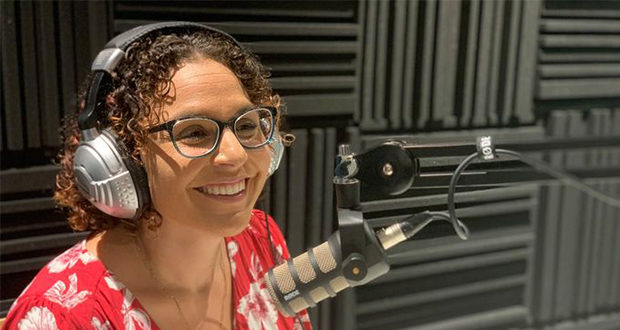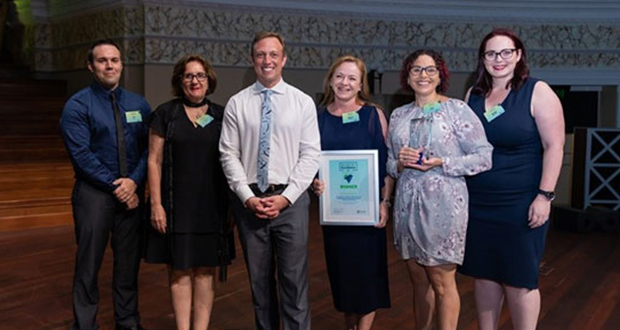Increased reports of violent assaults against nurses have shed light on a different type of epidemic facing the country’s front line workers.
In NSW, Bureau of Crime statistics show assaults against healthcare staff have risen by 55 per cent since 2016.
In Queensland, staff have reported a 50 per cent increase during the same period.
Most recently, back-to-back reports of violent attacks against nurses have forced South Australian health authorities to hire 24/7 security, according to the ABC.
Calls to address the scourge of workplace violence continues to gather momentum as reporting becomes more widespread.
“You'd be hard-pressed to find someone across nursing who hasn't in some way been exposed, whether it be that threatening behaviour or that sexual connotation or inappropriateness, right up to the physical stuff,” says Lita Olsson, a registered nurse since 2004.
“I don't think that we're even close to the actual volume that is actually reported.
"I think the number will be far greater.”
Lita currently works as the clinical lead for the Queensland Occupational Violence Strategy Unit (QOVSU), a task force set up to tackle the complex issue of workplace violence in public hospitals.
The unit was formed in 2016 after a major state review found that strategies to reduce violence against health workers were “unlikely to deliver sustainable outcomes”.
As one of the first nurses assigned to the team, Lita drew upon her lived experience working in one of Queensland’s busiest emergency wards.
“There wasn't a day that went past back then that I didn't hear of or experience or have that vicarious witnessing of an incident in the emergency department,” she told Nursing Review.
“It's monumental in a way, and it changes your practice.
“If I hadn't had my own personal experiences, and they've varied from low level right up to some really significant incidents, I probably wouldn't have gone down a path like this.”
The QOVSU is currently the only dedicated unit in Australia to deal with occupational violence in health.
The team, which has grown to eight, has helped to introduce standardised prevention training for staff and increased security in public hospitals.
One of Lita’s initiatives, the rollout of incident response kits for workers, came from her experience of being unaware of how to assist a colleague after a violent incident.
“I guess I always keep coming back to, 'Did I do enough?' And I'd never been trained on how to do that, or know what the processes were to do that,” she said.
“You kind of hope that you do all that warm and fluffy stuff, but without any sort of clear process or tools to know that you're actually doing it the right way, and that's what led us to develop the kit.”
As levels of reporting have changed, discussions about what constitutes workplace violence in health has also shifted within recent years.
While there is no widely agreed-upon definition, state health authorities have refined their guidelines to include non-physical acts, such as verbal abuse and sexual harassment.
“There is definitely a change in the conversation,” said Lita.
“Over the last couple of years, we have seen nearly a 30 per cent increase in reporting of incidents, and there’s a lot to do with that around changing the stigma as well.”
Education around violence prevention in public health has also begun to make strides.
Research has shown that workplace education programs in hospitals teaching de-escalation strategies have helped to decrease recurring incidents.
When Lita studied nursing in university during the early 2000’s, there was very little training on occupational violence and prevention, she said.
“I definitely think there is a gap in the undergraduate process, and I don't just mean nursing either,” she said.
“From a medical point of view, we talk so much about all of these medical conditions and comorbidities that can contribute to someone behaving in a way that's aggressive.
“But understanding the underlying conditions and what needs that individual person has and how we can meet those needs is really critical, and I think that that is a definite missing piece.”
While it is difficult to tell whether occupational violence in Australia has grown more serious or is being reported more, advocates continue to ramp-up efforts to combat the issue.
The QOVSU plans to embed covert security officers into the state's public hospitals, as part of a new ambassador program.
Lita agrees that placing similar dedicated units in other states and territories would greatly benefit health workers.
“We certainly don't sit in an ivory tower and look on from afar: we are based in a health service, and we get out to all the health services,” she said.
“It's so critical for us to get out and meet the people on the ground, because I think it's really ignorant to say, 'Here's a range of initiatives. Just implement them and you'll be fine'.
“It's about staff feeling like it's not okay, and that there is someone out there to help them, and I think that's something that we will always have to continue to lobby for.”
Do you have an idea for a story?Email [email protected]
 Nursing Review The latest in heathcare news for nurses
Nursing Review The latest in heathcare news for nurses


